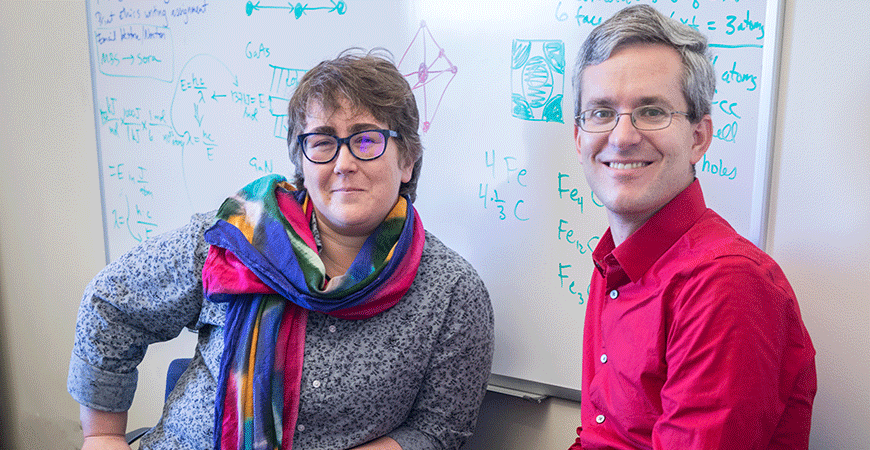
Imagine exploring the cores of stars to understand — and ultimately control — the type of fusion that’s taking place.
High-energy density (HED) science is the study of properties and behavior of matter and radiation in extreme temperatures and pressures common to the deep interiors of the largest planets. It’s also the foundation of understanding fusion energy and high-energy astrophysical phenomena, and it’s happening at Lawrence Livermore National Laboratory, just 75 miles from UC Merced.
HED science is the focus of a partnership designed to strengthen connections with national labs, widen career paths for students and diversify the research community.
A new three-year grant from the U.S. Department of Energy's National Nuclear Security Administration’s Minority Serving Institution Partnership Program is funding UC Merced and three partners — Livermore Lab, Morehouse College and Florida A&M University — in forming the Consortium for High Energy Density Science.
The consortium’s mission is to enhance computational study of the electronic structure of materials under extreme conditions and to train students in this field, in part by bringing students into the lab to participate in the research happening there.
“They are in a huge facility working to deliver energy to something the size of the pupil of your eye,” said Professor Aurora Pribram-Jones, with the Department of Chemistry and Chemical Biology. “This is Big Science — the creation of a star in a lab on Earth.”
Physics Professor David Strubbe, with the Department of Physics, and Pribram-Jones are UC Merced’s principal investigators and are excited to introduce students to this rapidly developing scientific field.
HED science is a multidisciplinary area that provides a foundation for understanding a wide variety of astrophysical observations. At Lawrence Livermore Lab, some of the researchers are studying topics such as inertial confinement fusion — a possible future source of renewable energy — and how celestial bodies transition from being planets to brown dwarfs. Both processes involve HED science.
“It’s a chance to study what’s happening inside planets and stars under the controlled circumstances of a lab,” Pribram-Jones said. “It’s a very creative field, because traditional theories don’t always work — it means you have to think differently about nearly everything. Labs will be looking for people with different ideas, perspectives and problem-solving skills.”

